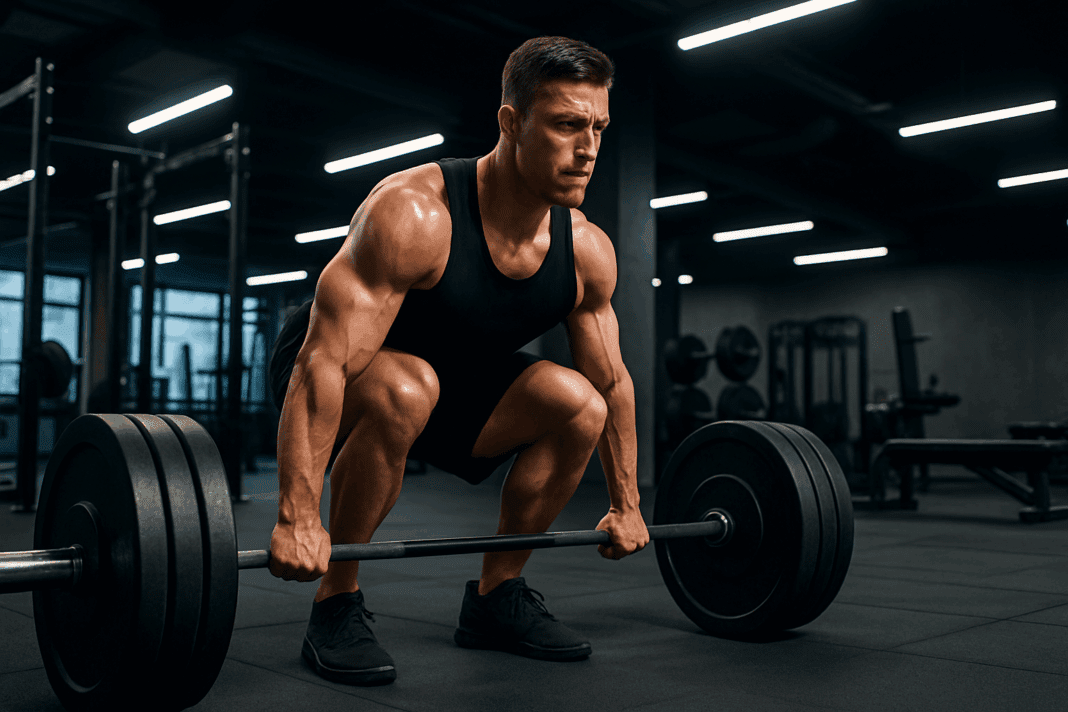Introduction: Unlocking Strength Through the Power of Lifting Heavy
Building real strength is more than just showing up at the gym and going through the motions. For individuals truly seeking measurable gains in muscle and performance, the need to lift heavy is non-negotiable. The phrase “lift heavy” is often used in fitness circles, but it holds a deeper significance when it comes to maximizing hypertrophy, increasing bone density, improving neurological efficiency, and fortifying the body against injury. To lift heavy is not simply a technique—it is a philosophy rooted in science and shaped by decades of exercise physiology research.
For college graduates and advanced trainees who understand the anatomy and biology behind muscle adaptation, the role of mechanical overload becomes even clearer. Lifting heavier loads triggers a cascade of cellular and hormonal responses that lighter weights simply cannot match. Whether you’re an athlete, a bodybuilder, or someone pursuing lifelong physical vitality, committing to heavy weight lifting can help you transcend fitness plateaus and redefine your limits. This guide will provide an in-depth, evidence-based exploration of how and why lifting heavy can revolutionize your strength training regimen.
As we dive deep into the mechanics, strategies, and transformative impact of lifting heavy, expect to gain not only practical insights but also a renewed appreciation for the art and science of strength. The journey toward substantial strength gains starts with understanding why the decision to lift heavy is the cornerstone of any serious muscle-building strategy.
You may also like: The Ultimate Hypertrophy Workout Program for Building Strength and Size
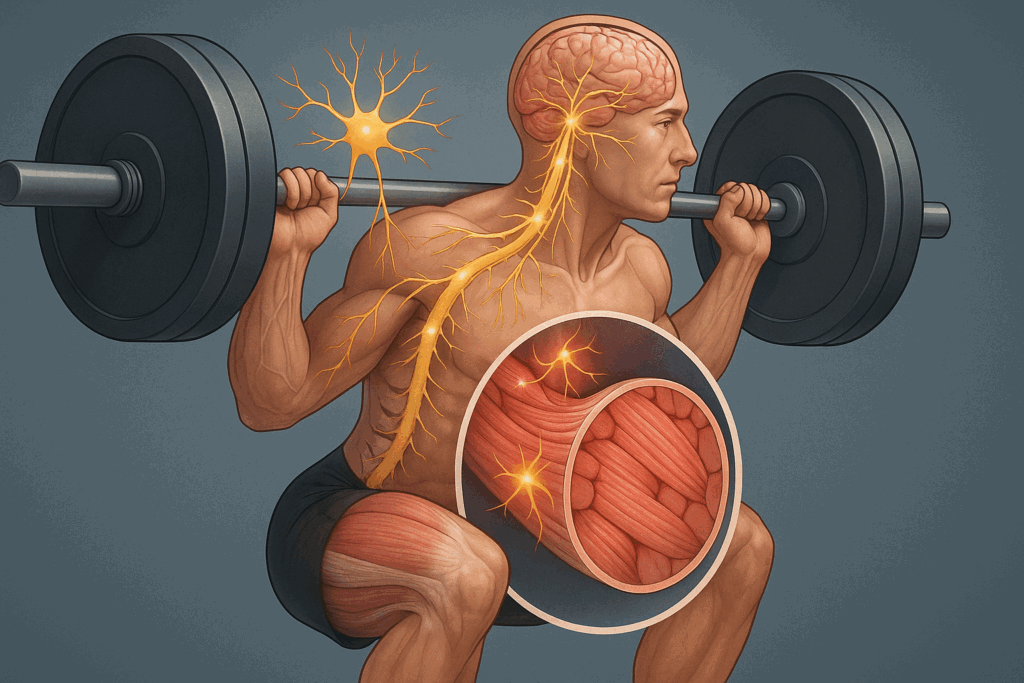
The Science Behind Strength Gains: Why Resistance Matters
Strength training is a physiological stressor designed to challenge the musculoskeletal and nervous systems. To generate meaningful adaptations, the stress must exceed a certain threshold—a principle known as progressive overload. Heavy weight lifting capitalizes on this principle, compelling your body to respond by recruiting more motor units, increasing muscle fiber size, and enhancing neuromuscular coordination. These adaptations, in turn, lead to noticeable strength improvements.
When you lift heavy weights, you activate Type II muscle fibers, which are larger, more powerful, and more capable of hypertrophy than their Type I counterparts. These fast-twitch fibers are crucial for high-force output and are preferentially engaged only when the load is sufficiently challenging. Light weights, even when performed to fatigue, cannot stimulate these fibers to the same extent. For those pursuing maximal strength and muscle growth, this fiber recruitment is indispensable.
Moreover, lifting heavy induces a significant hormonal response, including the release of anabolic hormones like testosterone, growth hormone, and insulin-like growth factor-1 (IGF-1). These hormones are critical in promoting muscle repair and growth. While the hormonal response to training is complex and influenced by multiple variables, heavier loads have consistently been associated with stronger acute hormonal elevations, especially when combined with compound movements such as squats and deadlifts.
Another critical aspect involves neural adaptations. The nervous system plays a central role in strength development, particularly in the initial stages of training. Lifting heavy teaches your brain to activate more muscle fibers more efficiently and synchronously. Over time, this increased neural drive contributes to better intermuscular coordination, greater stability, and improved force production across a variety of movement patterns.
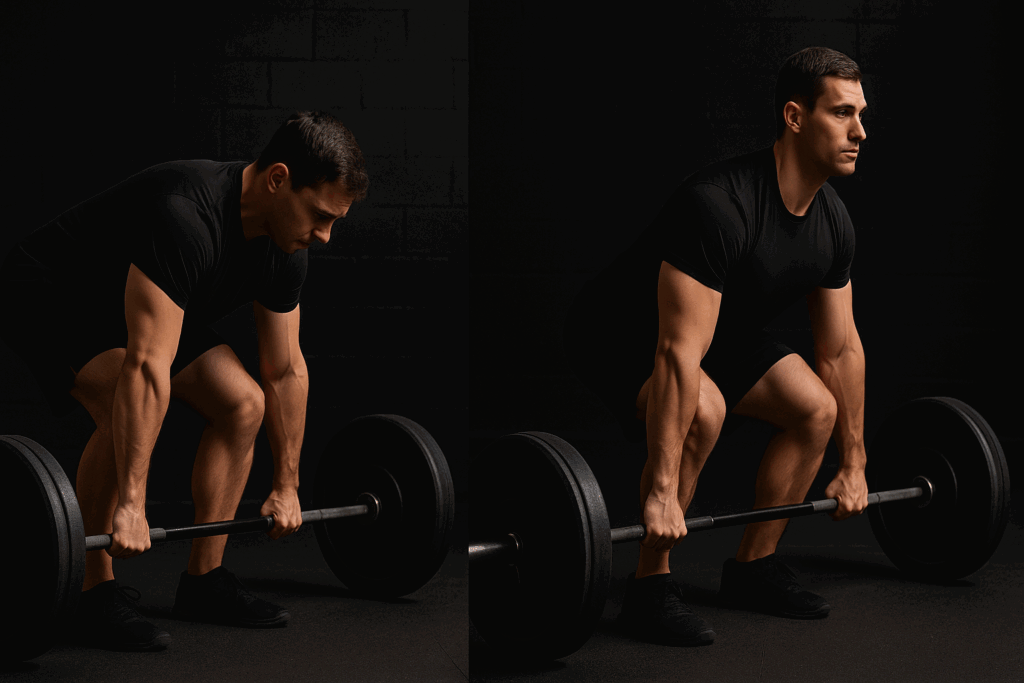
Lift Heavy, Lift Smart: Form, Safety, and Longevity
While the benefits of lifting heavy are numerous, they are only realized when the practice is executed with precision, proper technique, and respect for recovery. There is a misconception that lifting heavy equates to ego-lifting—heaving maximal loads with poor form. In reality, heavy lifting done correctly is about controlled, methodical movement patterns that prioritize safety while maximizing mechanical tension.
Mastering the basics of form is essential. Compound lifts such as the deadlift, squat, bench press, and overhead press should form the core of a heavy lifting regimen. These movements recruit multiple joints and muscle groups, offering superior strength development per unit of time. However, due to their complexity, they demand meticulous attention to setup, posture, and execution. Engaging a knowledgeable coach or experienced training partner can make the difference between progress and injury.
Equally important is understanding how to program heavy lifting intelligently. This includes integrating deload weeks, rotating training intensities, and paying attention to volume management. Training with heavy loads places considerable stress on the central nervous system and connective tissues, which require adequate time to recover and adapt. Periodization strategies, such as linear progression, undulating periodization, or conjugate training, offer frameworks that enable consistent progression while minimizing the risk of burnout.
Warm-ups, mobility work, and recovery modalities should not be treated as afterthoughts. Heavy weight lifting taxes not just muscles but joints, tendons, and ligaments. Dynamic warm-ups prepare the body for intense exertion, while static stretching and mobility drills can aid in post-session recovery. Sleep, nutrition, hydration, and stress management are also non-negotiable pillars of a successful heavy lifting protocol.

Why You Must Lift Heavy to Overcome Plateaus
Every lifter, no matter their experience level, eventually encounters training plateaus—periods where progress stalls and gains become elusive. These plateaus often result from insufficient stimulus, overtraining, or inadequate recovery. Lifting heavy provides a powerful antidote by reintroducing sufficient overload to provoke further adaptation.
Heavier loads force the body to adapt in ways that lighter training cannot. When lifters stick to moderate or light weights for too long, the body acclimates, and progress stagnates. Introducing heavier weights disrupts this equilibrium, compelling the muscles and nervous system to rise to a new challenge. This not only reinvigorates physical progress but also renews mental engagement, as the demand for focus and intensity increases with heavier lifts.
Moreover, heavy weight lifting can enhance your capacity for volume-based training. By increasing your one-rep max through heavy lifting cycles, you raise the baseline for all submaximal work. As a result, the same sets and reps you previously performed at lower weights become more effective and growth-inducing when performed at higher intensities. This expansion of your training bandwidth amplifies the long-term efficacy of your entire program.
Heavy lifting also enhances tendon and ligament strength, which plays a crucial role in sustaining higher levels of intensity over time. These connective tissues adapt more slowly than muscles, so providing them with a progressive, challenging load is essential for durability and long-term success. If ignored, weak connective tissues can become the weak link that halts your strength journey entirely.

Frequently Asked Questions: Mastering Strength Through Heavy Lifting
What mental benefits can I gain when I lift heavy regularly?
Regularly choosing to lift heavy doesn’t just reshape your body—it profoundly sharpens your mind. Heavy weight lifting cultivates mental resilience by training you to embrace discomfort and persist through physical strain. This discipline often spills over into daily life, enhancing focus, emotional control, and decision-making under stress. Additionally, the structure of progressive strength training improves goal-setting behaviors and instills a mindset geared toward incremental achievement. As you become stronger, you develop a deeper trust in your capabilities, which can elevate self-esteem and mental clarity in both personal and professional domains.
How does heavy weight lifting affect long-term joint health?
Contrary to the common misconception that heavy lifting wears down joints, properly executed heavy weight lifting can actually enhance joint health over time. When performed with correct technique and appropriate load progression, lifting heavy stimulates the production of synovial fluid, which lubricates joints and improves mobility. It also strengthens the connective tissues surrounding the joints, including ligaments and tendons, making them more resilient. Of course, the key lies in smart programming and not overloading compromised joints. A regimen that incorporates mobility work, accessory exercises, and strategic deloading ensures that joint integrity is supported while reaping the full benefits of heavy training.
What is the best way to program rest days when I lift heavy multiple times per week?
To optimize recovery and muscle adaptation, rest days should be deliberately programmed into any training plan that incorporates heavy weight lifting. A common approach is to alternate heavy training days with lighter resistance or mobility-focused sessions to allow the nervous system to recuperate. Two full rest days per week are generally effective, though individual needs vary depending on factors like age, training experience, and overall stress levels. Importantly, rest doesn’t necessarily mean complete inactivity; active recovery modalities such as walking, yoga, or swimming can enhance circulation and promote healing. The goal is to maintain a sustainable rhythm that balances intensity with adequate recuperation.
Can women benefit just as much from choosing to lift heavy?
Absolutely—in fact, women often stand to gain immensely from embracing heavy weight lifting. It supports lean muscle development without the fear of excessive bulk due to hormonal differences in testosterone levels. Lifting heavy improves bone density, which is particularly critical for women at risk for osteoporosis later in life. Moreover, it helps regulate blood sugar, supports healthy hormone function, and enhances metabolic efficiency. From a psychological standpoint, women who lift heavy frequently report increased body confidence and a more empowered self-image, challenging outdated fitness norms that equate femininity with fragility.
How can I overcome fear or intimidation around heavy weight lifting?
Fear of injury or embarrassment is common among newcomers to heavy weight lifting, but it can be mitigated through education, gradual exposure, and proper support. Beginning with submaximal loads allows you to master form without risking safety, while working with a knowledgeable coach provides the accountability and instruction needed to build confidence. Visualization techniques and positive self-talk can help reframe anxiety into excitement for personal growth. It’s also helpful to train in environments that promote inclusivity and mutual support, as culture plays a major role in shaping perceptions. Over time, consistency breeds comfort, and what once felt intimidating becomes second nature.
Does heavy weight lifting contribute to better athletic performance outside the gym?
Yes, the carryover effects of heavy weight lifting are profound across virtually all athletic disciplines. Whether you’re a runner, swimmer, or team sport athlete, the improvements in neuromuscular coordination, power output, and joint stability contribute directly to enhanced performance. For example, athletes who lift heavy often see improved sprint speed due to increased force production in the posterior chain. Additionally, it reduces the likelihood of injury by strengthening often-neglected stabilizing muscles. Incorporating heavy lifts into an off-season or in-season training plan can dramatically improve kinetic chain efficiency, making athletes more explosive, agile, and durable.
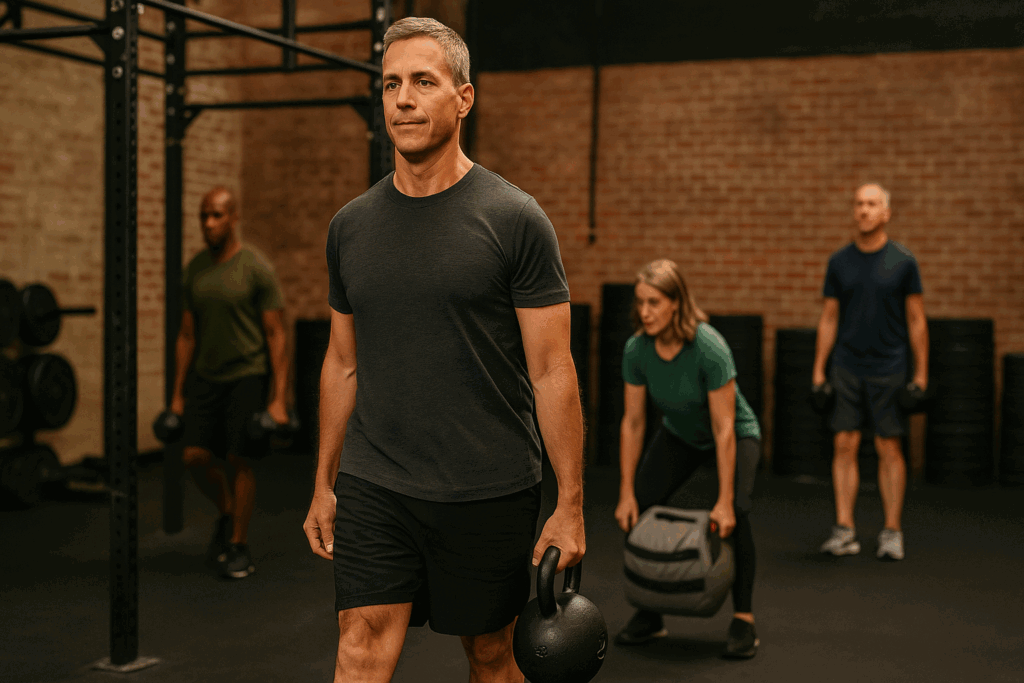
Lift Heavy to Build Functional Strength That Lasts a Lifetime
One of the most underappreciated benefits of committing to lift heavy is its contribution to lifelong functional strength. As we age, muscle mass and bone density naturally decline—a process that heavy weight lifting can significantly counteract. Lifting heavy trains you to move with control under load, which translates directly into better posture, balance, and fall prevention in older age. Functional movements like deadlifts and loaded carries mimic daily activities such as picking up children or carrying groceries, reinforcing real-world capabilities. By integrating heavy weight lifting into a long-term fitness routine, you’re not just building muscle—you’re future-proofing your independence and mobility.
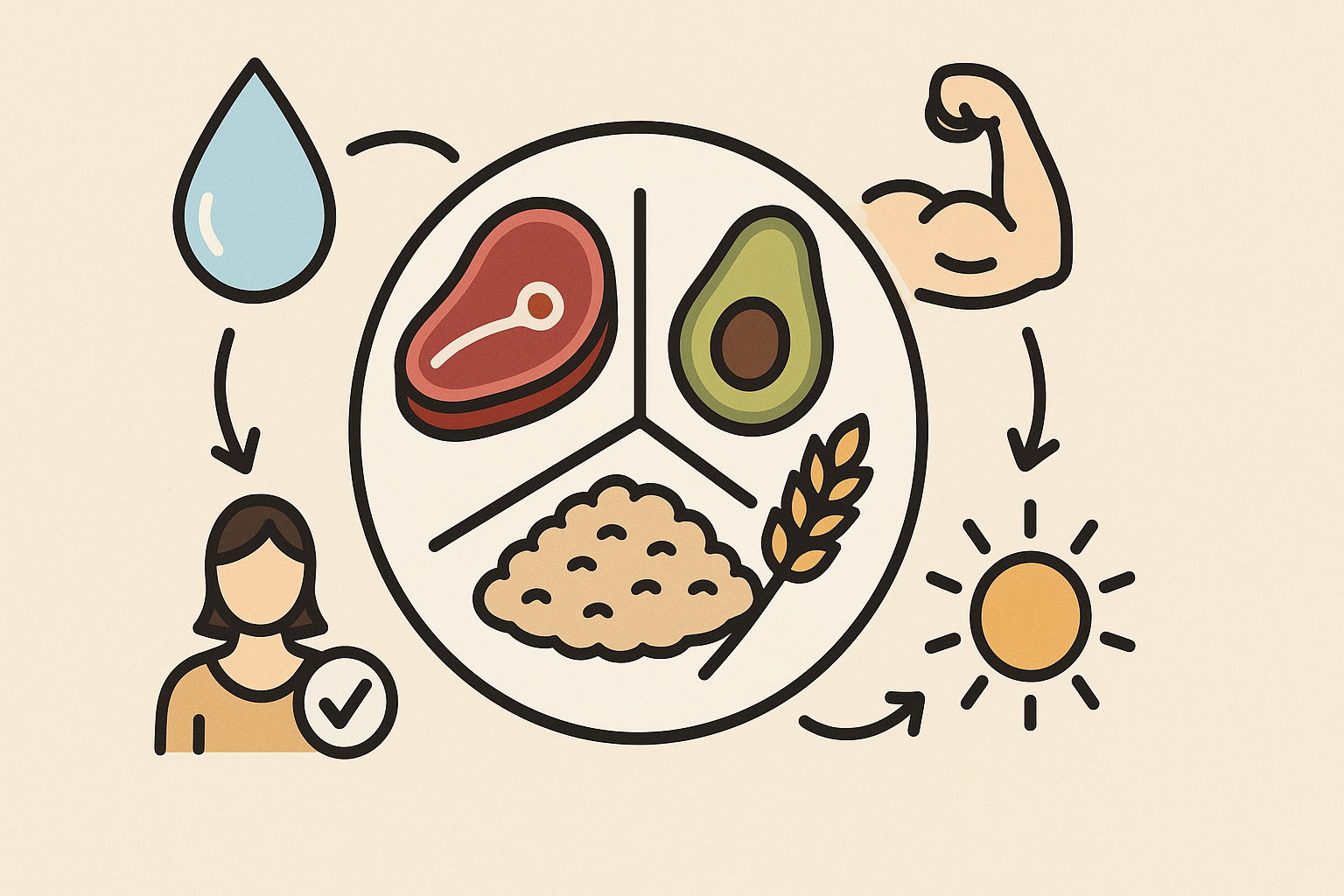
How does nutrition impact recovery and results when you lift heavy?
Nutrition is a linchpin in optimizing the results of a heavy weight lifting program. Consuming adequate protein (typically 0.7–1.0 grams per pound of body weight) supports muscle repair and growth after intense lifting sessions. Carbohydrates play a key role in replenishing glycogen stores and fueling performance, especially during high-volume or high-intensity phases. Healthy fats aid in hormone regulation, particularly testosterone production, which supports strength gains. Nutrient timing can further enhance results—a post-workout meal containing both protein and carbs accelerates recovery. Staying hydrated and monitoring micronutrient intake, such as magnesium and zinc, helps ensure that cellular processes involved in muscle function remain efficient and responsive.
Are there alternatives to barbells for those who want to lift heavy?
Yes, while barbells are a staple of traditional strength training, there are several effective alternatives for heavy resistance. Dumbbells, kettlebells, and sandbags provide unique loading patterns that challenge stability and improve proprioception. Resistance machines offer a safer introduction for beginners or those recovering from injury while still enabling high-intensity work. Trap bars and safety squat bars can accommodate anatomical differences and reduce stress on vulnerable joints. Ultimately, the principle of progressive overload can be applied to a variety of tools, as long as the stimulus remains sufficient to promote adaptation. Mixing modalities can also stave off plateaus and keep training psychologically stimulating.
Why More People Should Prioritize Programs That Help Them Lift Heavy Safely
With the rise of functional fitness and evidence-based programming, there’s growing recognition of the value in learning to lift heavy safely. Structured programs that incorporate proper periodization, technique refinement, and recovery strategies offer a clear roadmap to sustainable gains. These programs teach you how to modulate intensity over time, reducing the likelihood of overtraining or injury. They also create measurable benchmarks that help maintain motivation and direction. In an age where fitness fads often prioritize novelty over effectiveness, prioritizing programs built around progressive, heavy weight lifting is a reliable path to enduring strength and resilience.
Conclusion: Real Gains Require the Discipline to Lift Heavy
In the pursuit of strength and muscular development, the imperative to lift heavy stands above all other training variables. It is not a temporary phase reserved for elite athletes, but a lifelong principle applicable to anyone seeking durable, functional, and impressive physical capabilities. By challenging your body with heavy resistance, you engage the deepest mechanisms of muscle growth and neurological refinement. These are the true drivers of strength.
Choosing to lift heavy requires commitment, knowledge, and patience. It demands respect for form, programming, and recovery. Yet the rewards are profound—from breaking through performance plateaus to cultivating a physique that not only looks powerful but performs with excellence. Heavy weight lifting equips you with the tools to transcend limitations, redefine your boundaries, and build a resilient body that stands the test of time.
In the end, lifting heavy is not just a method—it is a mindset. One that prioritizes progress, embraces challenge, and values the transformative power of resistance. If you’re serious about strength, longevity, and real gains, there’s no substitute: you must lift heavy.
Further Reading:
Four Questions to Ask Yourself When You’re Lifting ‘Heavy’
What Happens to Your Body When You Lift Heavy vs. Light Weights


